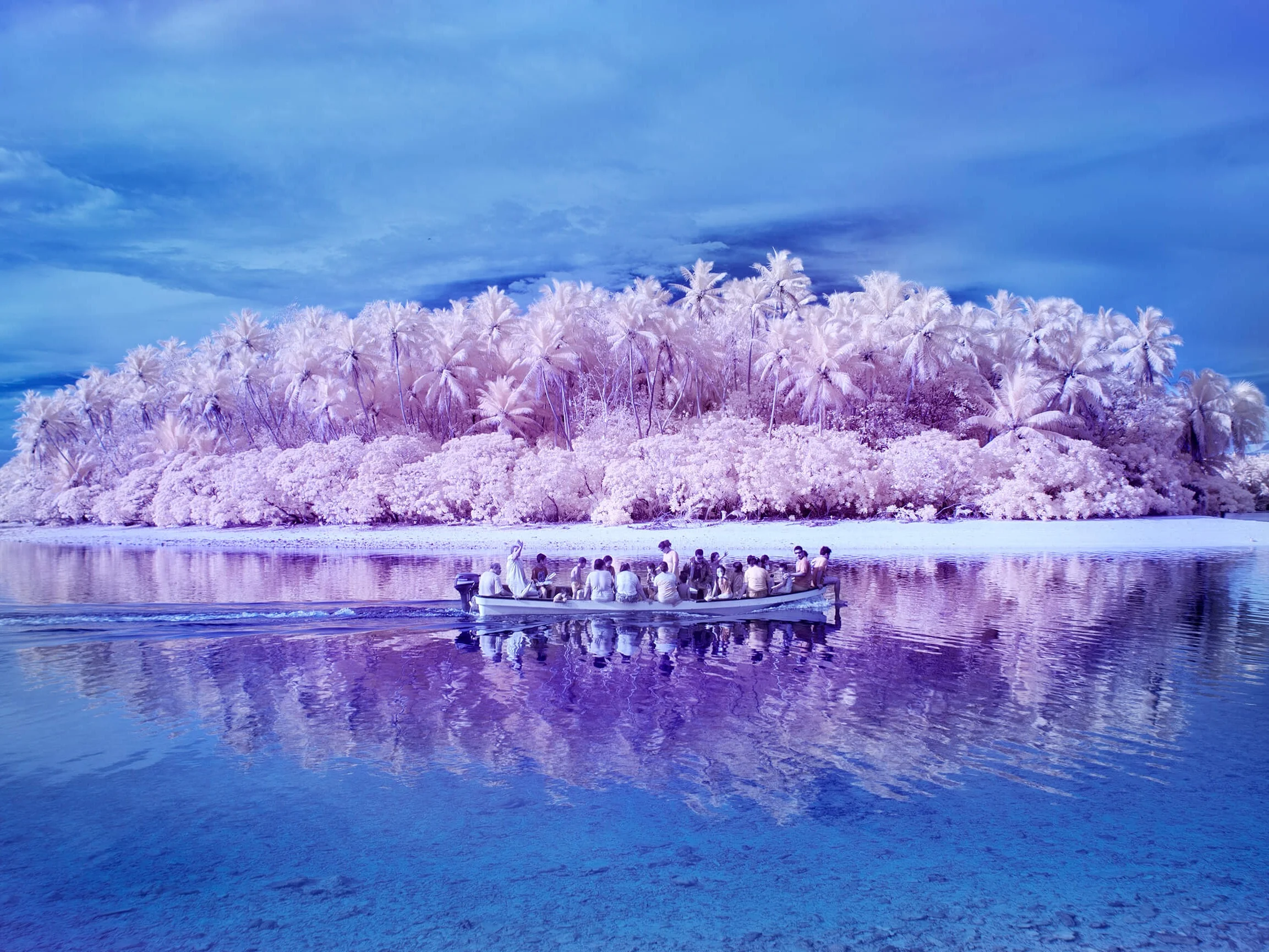
In a bright flash of light a man’s eyes roll back in his head. A small boat full of people sails by an island thick with pink palm trees, the color of cotton candy. A parrot’s plumage looks unusually neon. The curious scenes are visions captured in The Island of the Colorblind, a book by Belgian photographer Sanne De Wilde.
All of Sanne’s personal projects are related to genetics; how being born into a particular body affects the way you see the world. Previously she’s documented people with albinism and she’s currently working on a series about twins.
But in her 2015 series The Island of the Colorblind she captured the people who physically see their surroundings differently to most. Sanne went to the small Micronesian atoll of Pingelap — laying in the western Pacific Ocean, this tiny part of Oceania is home to the highest concentration of colorblind people in the world.

The Island of the Colorblind borrows its name from a book by neurologist and writer Oliver Sacks and a follow up documentary on achromatopsia (total color blindness) in the Pingelapese community.
For her photographic series Sanne wanted to develop a new visual language to try and see through the eyes of her subjects better. That’s why she used various techniques to visually translate an absence of vision and a loss of color. She shot in black and white for the first time since she was a teenager experimenting in the dark room. She also converted her Nikon camera to infrared to manipulate the color of the images in-camera. Shooting in infrared not only transformed the color – green vegetation turned pink – but changed the texture, the focus and the volume of things.
“It was an experimental experience,” she says. “You’re seeing the world anew while shooting and that’s really something that I wanted for myself during this project.”
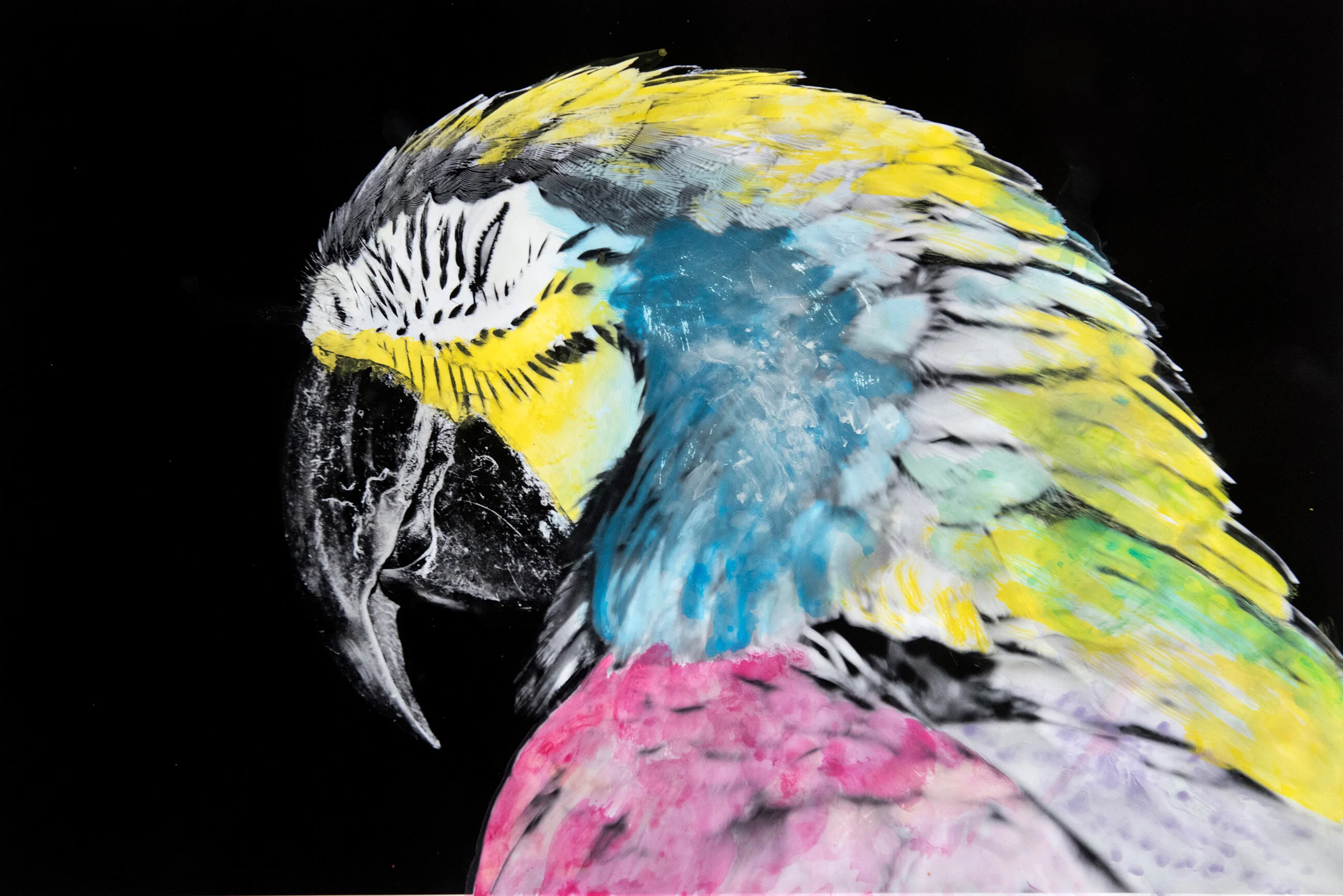
People with achromatopsia are highly sensitive to harsh daylight and tend to cover their eyes from the glare and blink repeatedly. In response Sanne shot some of the images at night. In every portrait in the series her subject’s face is obscured in some way.
“I didn’t ask people to cover their face, but I would wait for the moment that something would happen around the face or the eyes,” she says. “I actually sometimes find it hard now to photograph people with their face visible; it turned into such a visual strategy.” Using long exposures, Sanne shot her subjects blinking, capturing an image where their eyes seem to be open and closed at the same time.
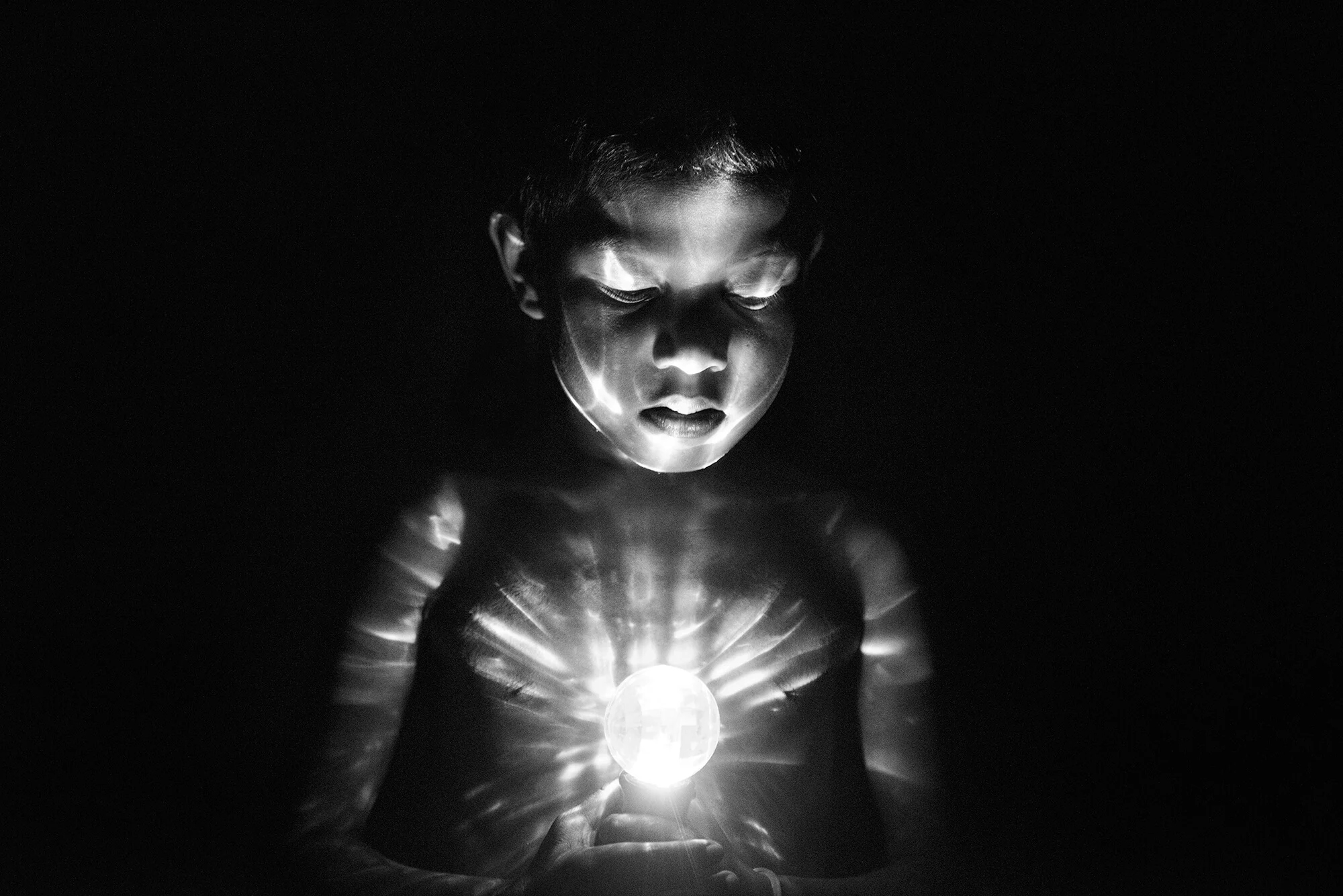
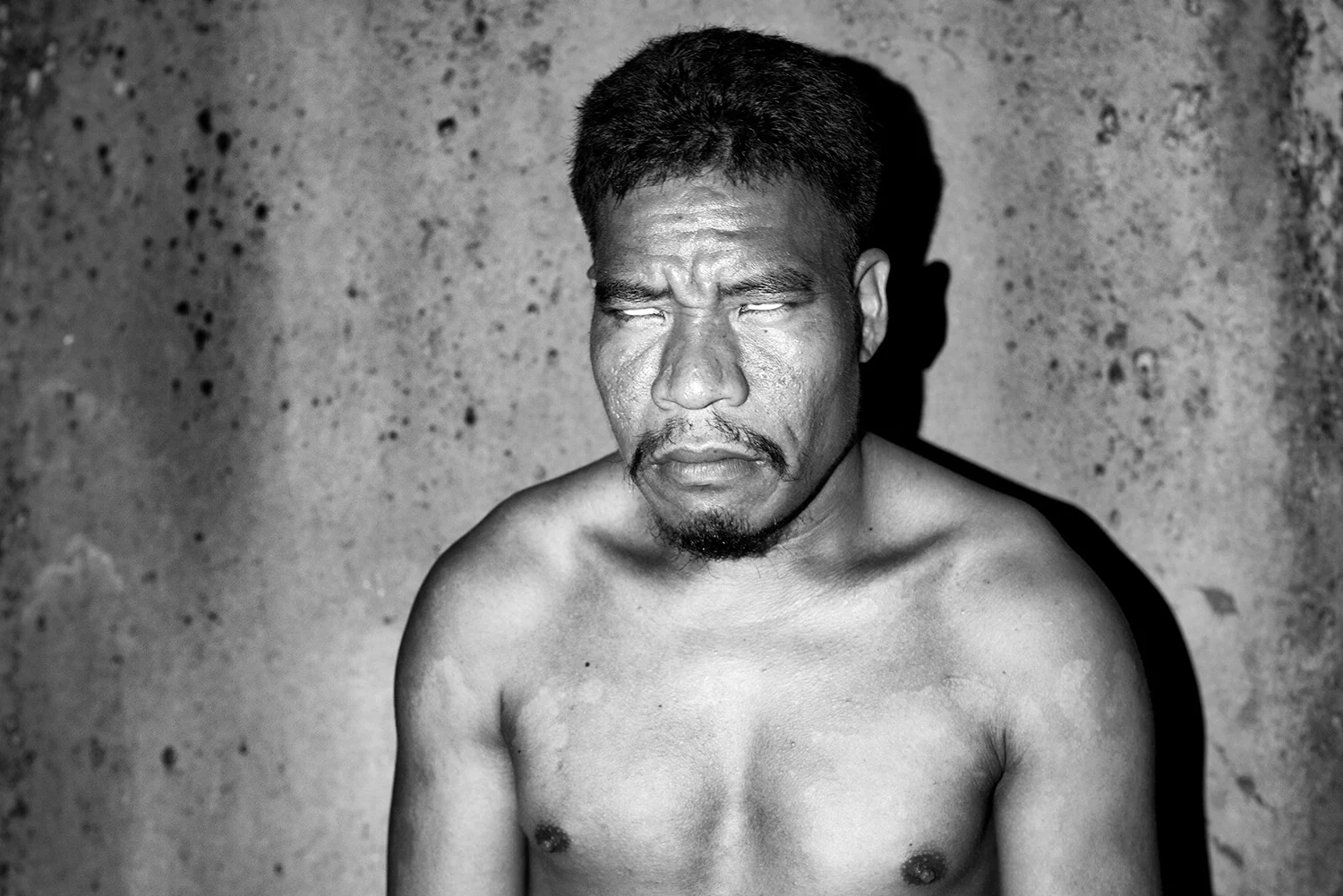

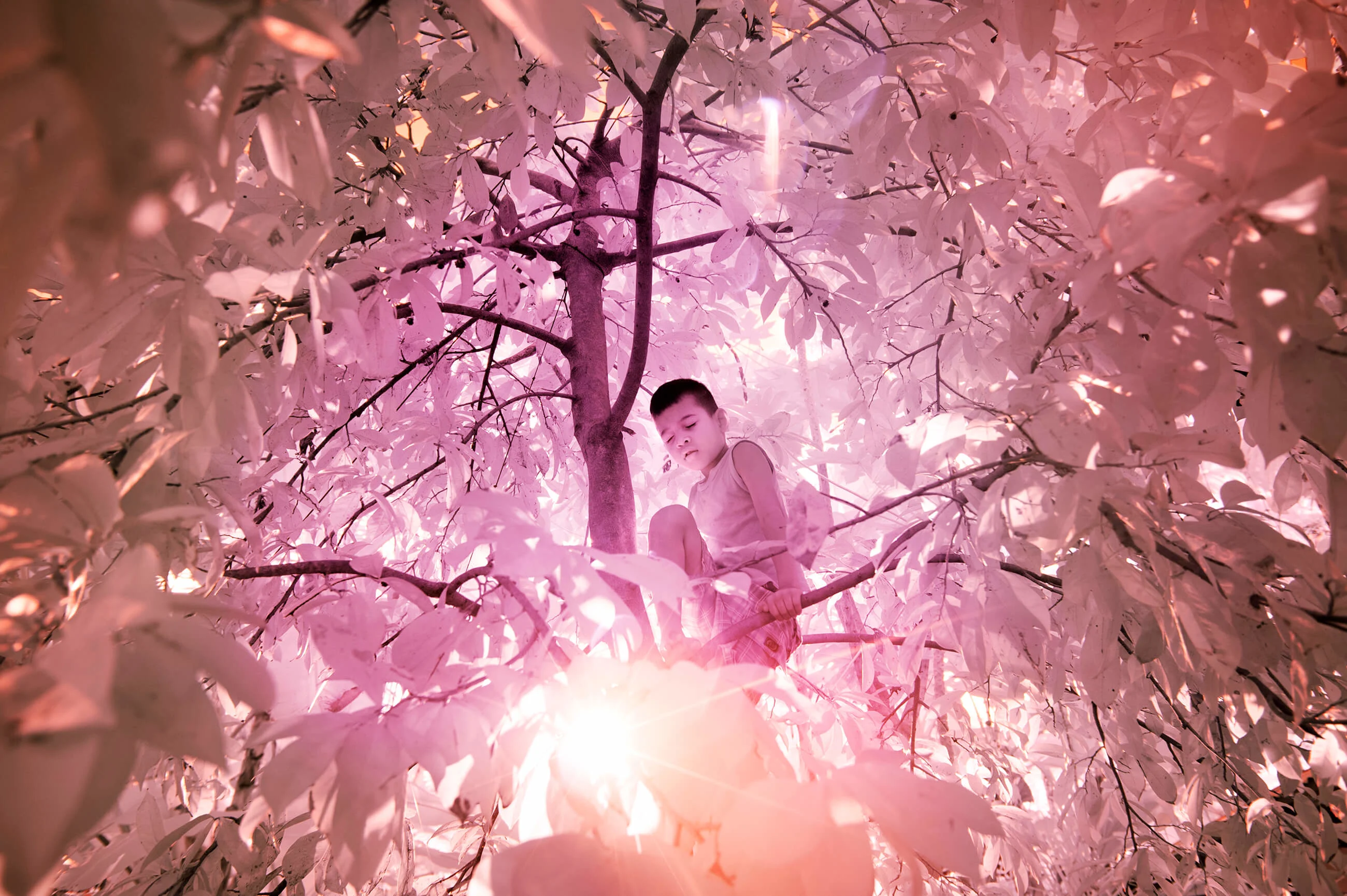
Sanne was struck by the easy-going nature of the Pingelapese community compared to her subjects at home. Where in the Netherlands it takes a lot of time to gain people’s trust, the island’s inhabitants were very open to being photographed.
“Some people may look at you and wonder what you’re doing but what’s very special, in my experience, is that people have very little talent for frustration,” she says.
“It’s also a place where there’s not a lot of tourist traffic so it’s still quite special for visitors to come over. People are enthusiastic to know where you’re from and perhaps partly because their colonial history has not been as damaging as in other places, they’re not distrustful of foreigners. They just don’t have this very complicated relationship to photography.
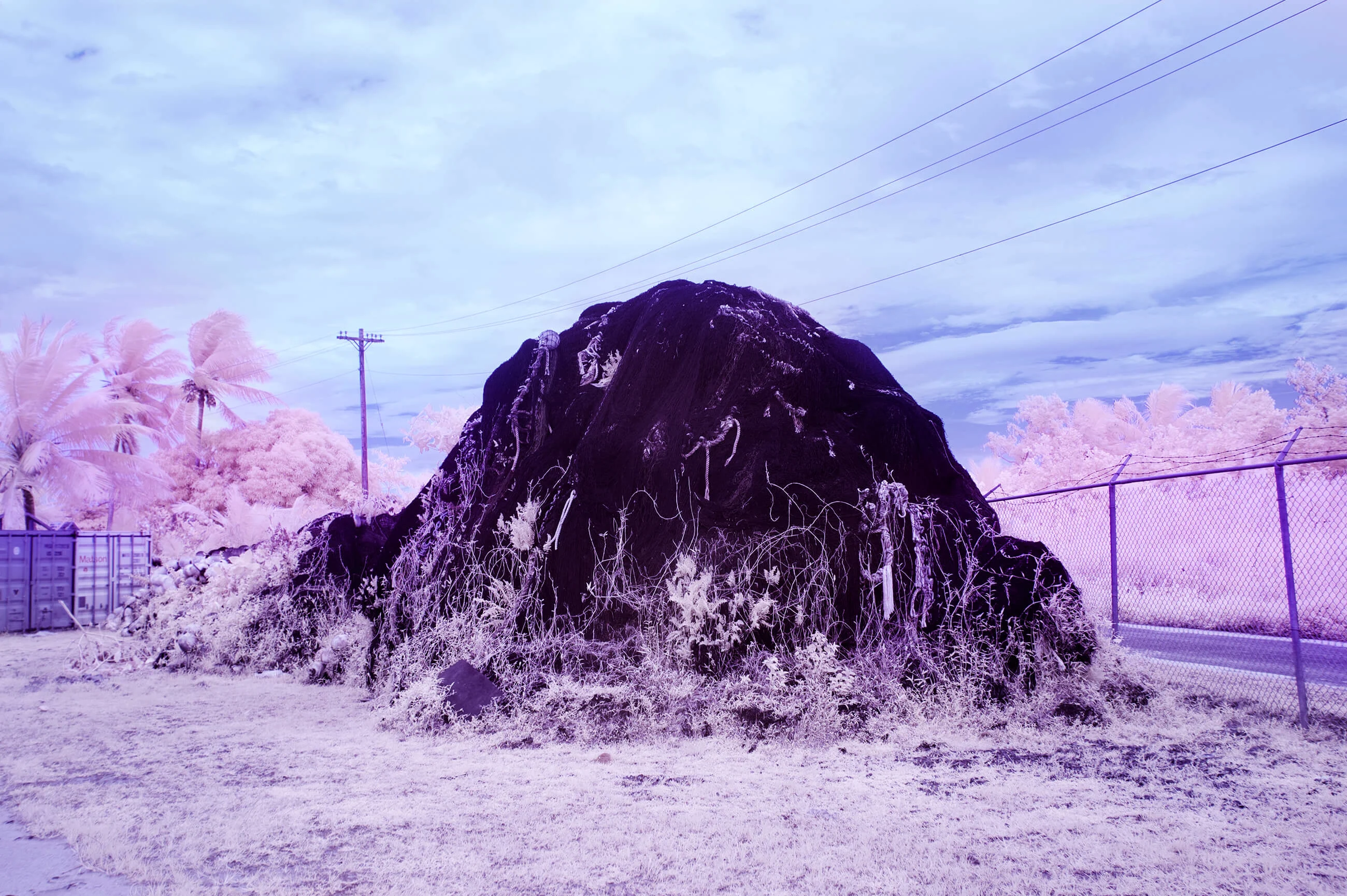
“A camera will always look a bit like a weapon when you pull it out of your bag, point at people and shoot,” Sanne continues. “It will always be this mechanical thing that stands between you and the subject, but on the other hand it’s a bridge to connect you to people.”
To make her subjects feel more included in the project, she invited people with achromatopsia to paint over her black and white images with color. Often the experience brought them back to the moment they first discovered they can’t see color, for example being told as children that they were using the wrong colored pencils or paints in their artworks.

“It’s an intimate experience with people who are still trying to control color or are feeling uncomfortable not knowing which color they’re using,” Sanne says. “They want to do it right and that was exactly the point for me. I wanted to say, you are doing it right, it’s beautiful that you can allow a different perspective on color.”
And so for Sanne the underlying message of the project is that a diversity of seeing can enrich our reality. Without ignoring the discomfort and difficulties that come with achromatopsia, she hopes her work will empower their way of seeing the world and by extension will do this for everyone. “We all see the world differently, and that has value.”
Words by Alix-Rose Cowie.